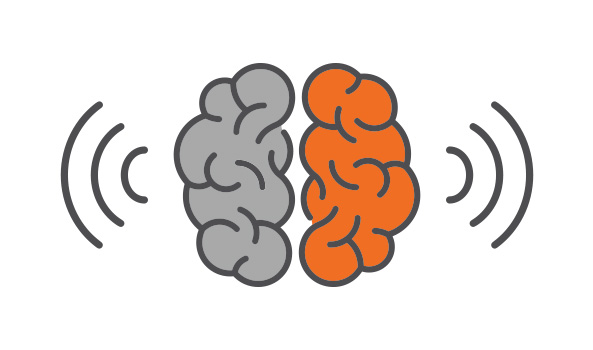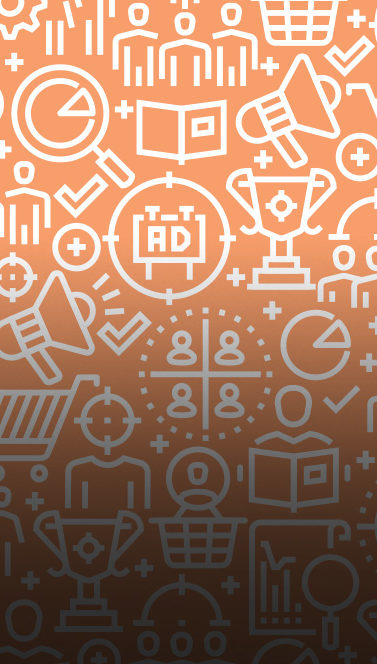A Creative Director’s Take on Art vs. Design
- 02.25.19
- 2 Min Read
One of the most challenging things to do as a designer comes when being told to create whatever you want. Seriously, sometimes ultimate freedom is the biggest restriction. The challenge of limitless ideas and variables can freeze your thought process from the sheer volume of opportunity. As a designer, “doing whatever” becomes an almost impossible feat and, at this point, the challenge transitions into art.
Though some may disagree, the difference between design and art is purpose. Art is meant to evoke a response – any response from the audience. Design is also created to promote a response, but a specific response. The preferred response in advertising design is considered a KPI (Key Performance Indicator) – a goal, or an action.
Taking on the role of designer means transforming from an artist into a strategist. In order to provoke the response and meet business goals, the need for insight or data is obvious. Who are we targeting? What are their emotional response triggers? What will make the audience stop to notice an ad (generalizing all forms of design), and what will make them take action?

Before we go further, I want to call out one of my favorite phenomena – the Cocktail Party Effect. It involves your brain’s reticular activating system (RAS), the area responsible for orientation and attention. The Cocktail Party Effect explains how this part of your brain processes background noise when your attention is focused elsewhere. Here’s how it works:
Imagine you’re at a party talking about a thought-provoking blog you just read when you hear your name from across the room. All the sudden you’re listening in on a conversation nowhere near you. Your brain tunes out all the extra noise because it’s just that—noise.
The Cocktail Party Effect is your RAS filtering out meaningless clutter and focusing on what you deem important. It could be your name, your hometown or the Netflix series you’re binging. Without you knowing, your brain automatically eavesdrops every conversation in the room for an important word or phrase. Call it COMMAND + F for your mind. Good design, like the Cocktail Party Effect, cuts through the clutter and delivers the message to a specific audience.
The foundational task of design in advertising is to solve a problem. But even if you solve that problem, how do you inform your audience? With the oversaturation of advertising in today’s world, you have to get a leg up – you have to stand out at the cocktail party. You need the data to direct the design.
With data directing design, you can capitalize on those preference indicators and make a connection to the right audience – an audience qualified and proven to have an interest in your brand.
There is so much more that goes into utilizing data for your design. To learn more, check out my partner-in-crime Matt’s article.
To sum it up, you need to ensure your next campaign, concept, brand or even simple ad is directed by data. Otherwise, it is just art. And art does not have an attached ROI.






